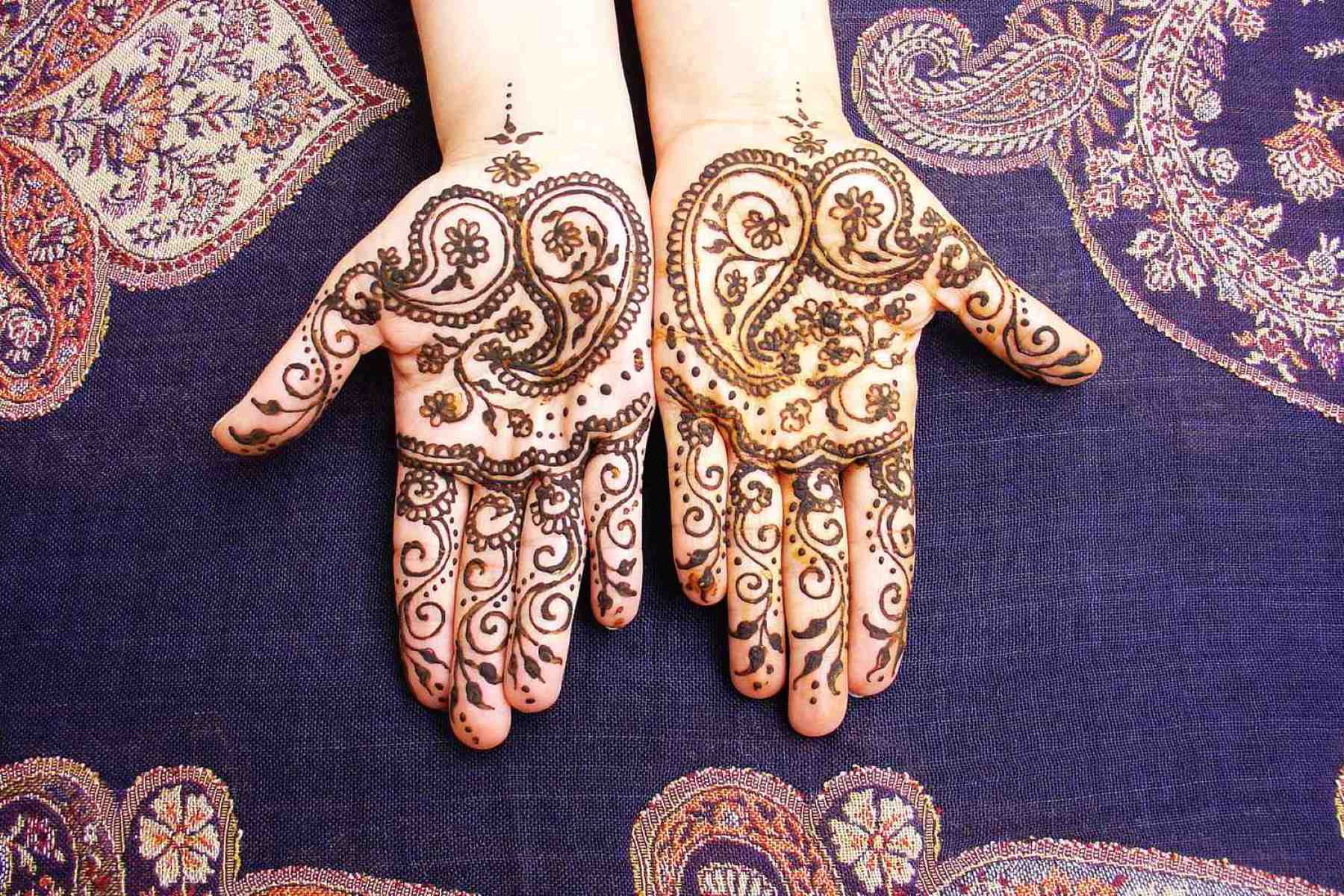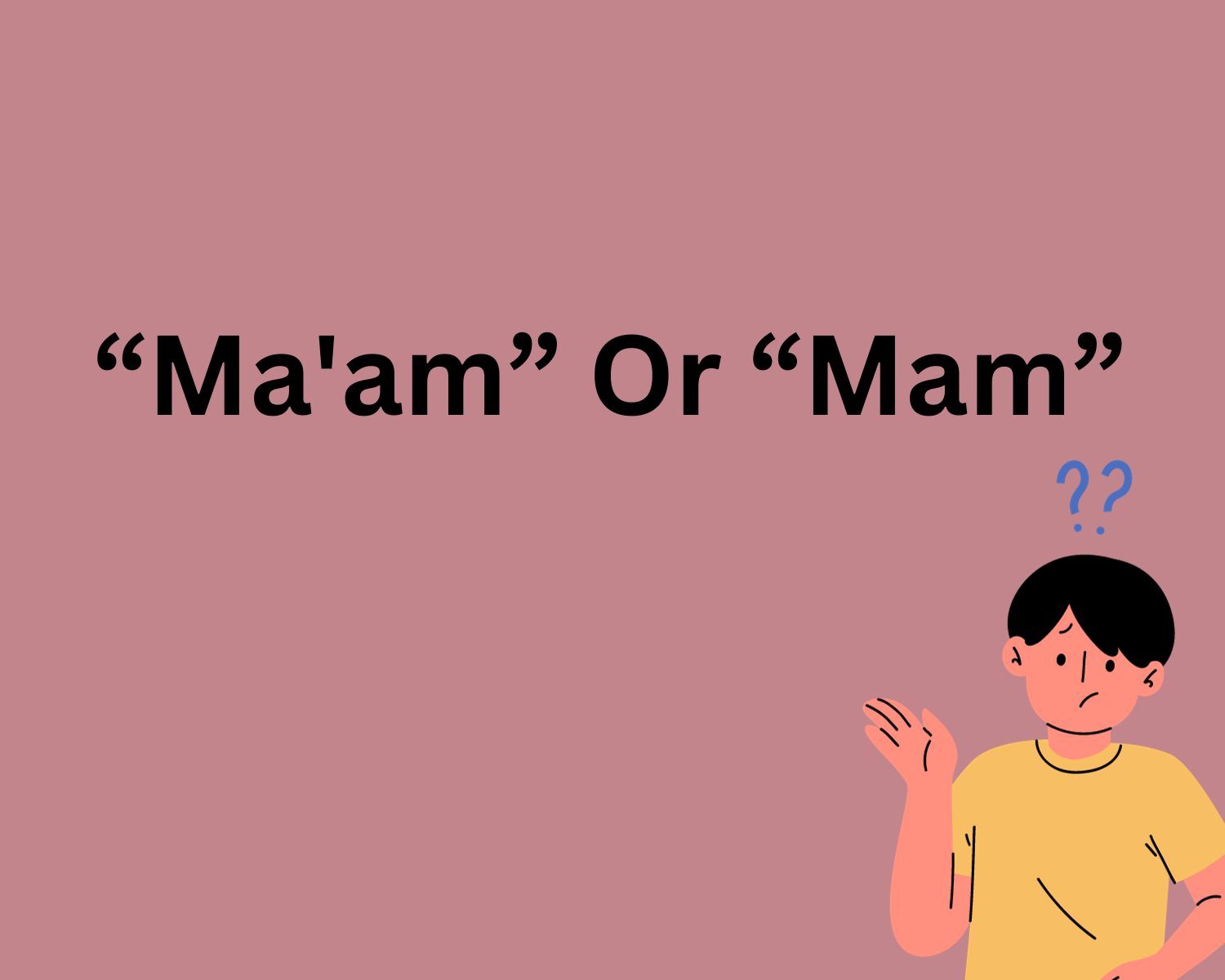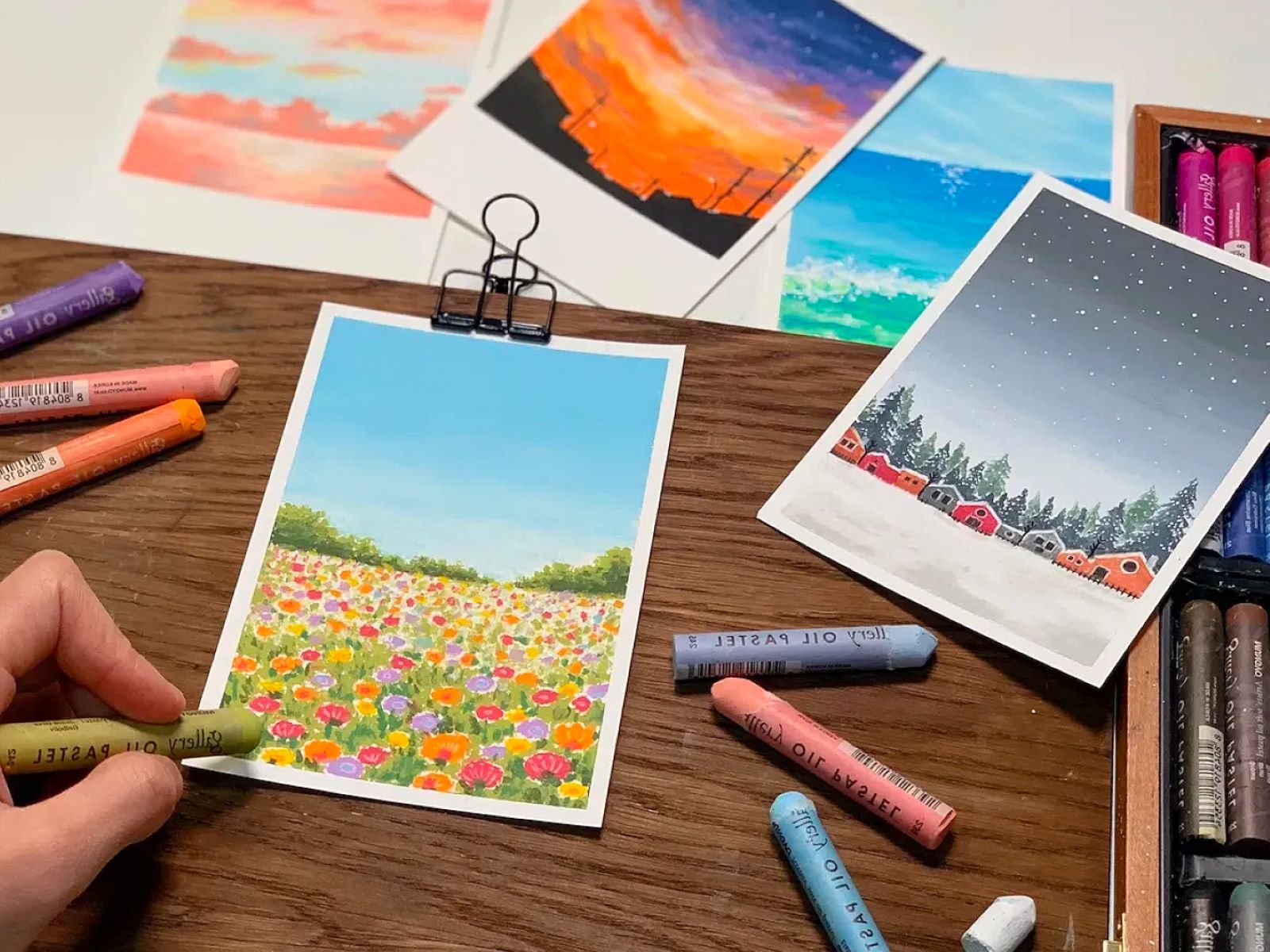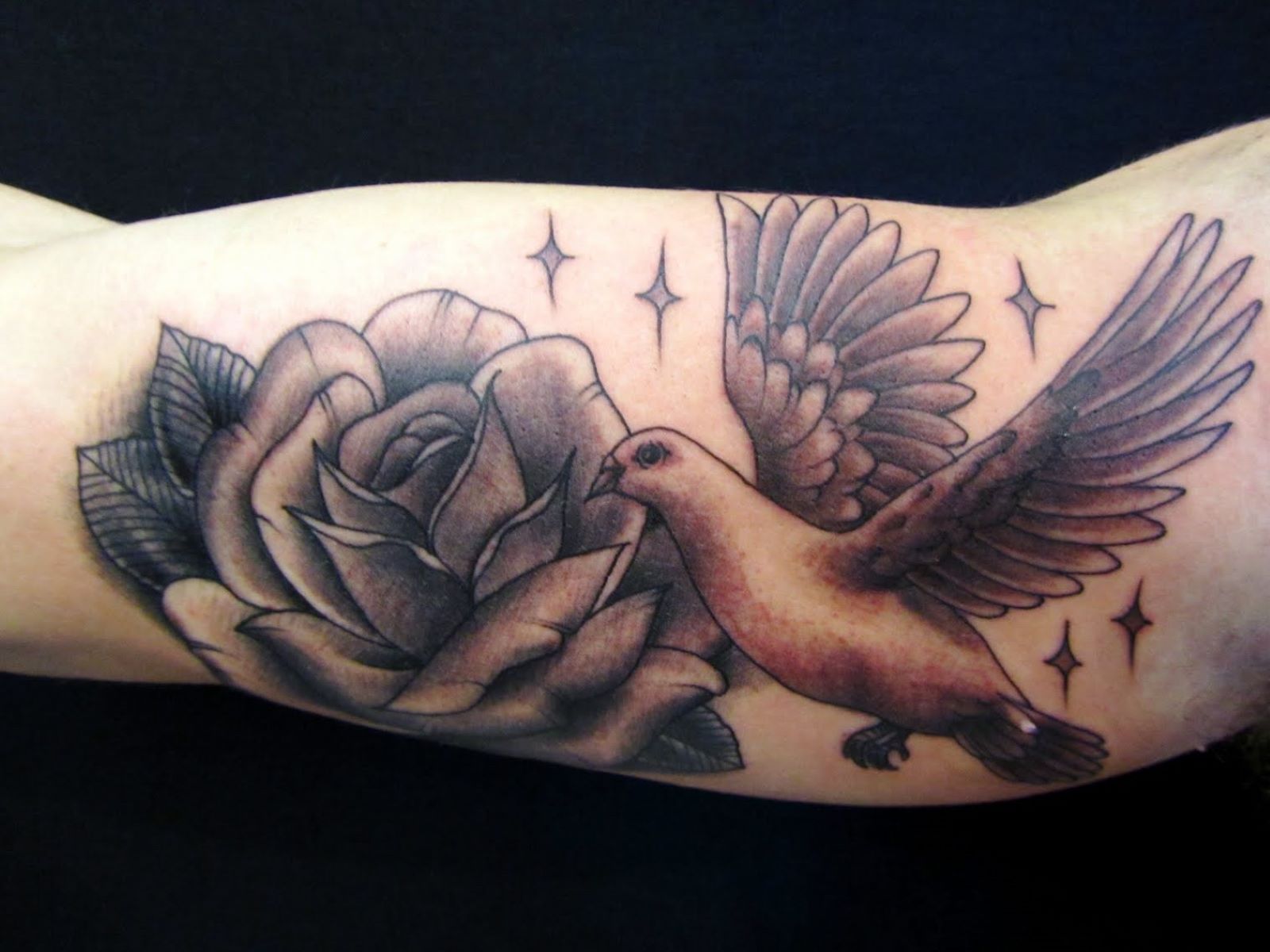Home>Lifestyle>The Etiquette Of Using Henna For Temporary Tattoos: Is It Disrespectful?


Lifestyle
The Etiquette Of Using Henna For Temporary Tattoos: Is It Disrespectful?
Published: February 12, 2024
Discover the etiquette of using henna for temporary tattoos and whether it's considered disrespectful. Explore the cultural significance and best practices in this lifestyle guide.
(Many of the links in this article redirect to a specific reviewed product. Your purchase of these products through affiliate links helps to generate commission for Regretless.com, at no extra cost. Learn more)
Table of Contents
Introduction
Henna, a natural dye derived from the henna plant, has been used for centuries in various cultures for body art, rituals, and celebrations. The intricate and mesmerizing designs created with henna have become a popular form of temporary body art in many parts of the world. However, as the practice of using henna for temporary tattoos has gained widespread popularity, questions have arisen about the cultural significance of henna and the appropriateness of its use by individuals from non-henna-tradition cultures.
This article aims to explore the etiquette of using henna for temporary tattoos and address the concerns surrounding its potential disrespect towards the cultural origins of this ancient art form. By delving into the cultural significance of henna, examining the appropriation debate, and discussing proper etiquette, we can gain a deeper understanding of how to approach the use of henna in a respectful and mindful manner.
As we embark on this exploration, it's important to recognize that henna holds profound cultural and traditional significance for many communities. Understanding the roots of henna and its role in various cultural practices is essential for appreciating its significance and using it in a way that honors its origins. Let's delve into the multifaceted world of henna and uncover the nuances of its cultural importance, the appropriation debate, and the proper etiquette for using henna for temporary tattoos.
Understanding the Cultural Significance of Henna
Henna, known as "mehndi" in many cultures, holds deep-rooted significance across various traditions and communities. Its historical relevance can be traced back thousands of years, with origins in ancient Egypt and evidence of its use in regions spanning North Africa, the Middle East, South Asia, and the Mediterranean. The application of henna is intertwined with cultural celebrations, rites of passage, and religious ceremonies, making it an integral part of the cultural fabric for many societies.
In South Asian cultures, henna plays a prominent role in weddings and festivals, where intricate designs are applied to the hands and feet of brides and celebrants. These designs symbolize joy, beauty, and spiritual awakening, and the application process often fosters a sense of community and togetherness. Similarly, in Middle Eastern and North African traditions, henna is used to mark special occasions such as weddings, childbirth, and religious holidays. The artistry of henna serves as a form of expression, storytelling, and a means of connecting with one's heritage.
The motifs and patterns used in henna designs carry symbolic meanings that vary across different cultures. For example, floral elements may represent joy and happiness, while geometric patterns can symbolize balance and harmony. Additionally, henna designs often incorporate cultural motifs that reflect the wearer's identity and heritage, further emphasizing its role as a form of cultural expression and connection.
Beyond its ornamental use, henna holds spiritual significance in many traditions. It is believed to bring blessings, protection, and good fortune to the wearer, with the application process itself considered a sacred ritual in some cultures. The rich aroma of henna paste and the meticulous application process evoke a sense of reverence and tradition, underscoring the spiritual and cultural depth associated with henna artistry.
Understanding the cultural significance of henna illuminates its role as more than just a decorative art form. It is a living tradition that embodies the values, beliefs, and heritage of diverse communities. As henna continues to captivate global audiences, acknowledging its cultural roots becomes paramount in ensuring that its use is approached with respect and understanding. By recognizing the profound significance of henna in various cultural contexts, individuals can engage with this art form in a manner that honors its heritage and fosters cross-cultural appreciation.
The Appropriation Debate: Is Using Henna Disrespectful?
The growing popularity of henna as a form of temporary body art has sparked discussions about cultural appropriation and the potential disrespect associated with its use. The appropriation debate surrounding henna raises critical questions about whether individuals from non-henna-tradition cultures are engaging with this art form in a manner that respects its cultural origins.
At the heart of the appropriation debate is the concern that the widespread adoption of henna by individuals outside of the cultures where it holds deep-rooted significance may lead to the dilution or misrepresentation of its traditional meanings. This concern stems from a broader issue of cultural appropriation, where elements of a marginalized culture are adopted by members of a dominant culture without proper understanding, acknowledgment, or respect for their origins.
Using henna as a fashion statement or trend without recognizing its cultural significance can perpetuate a shallow and commodified understanding of this ancient art form. When henna is divorced from its cultural context and reduced to a mere fashion accessory, it runs the risk of diminishing the profound meanings and symbolism it holds for the communities where it has been an integral part of cultural practices for generations.
Furthermore, the commercialization of henna in mainstream consumer markets, often devoid of cultural context, has raised concerns about the exploitation of a cultural tradition for profit without benefiting the communities from which it originates. This commercialization can lead to the erasure of the cultural narratives and spiritual significance that imbue henna with its profound value, further exacerbating the issue of disrespect and appropriation.
While the debate surrounding the appropriation of henna is complex and multifaceted, it underscores the importance of approaching the use of henna with cultural sensitivity and awareness. Acknowledging the origins and cultural significance of henna, as well as engaging with it in a respectful and informed manner, is essential to mitigate the potential for disrespect and appropriation.
As we navigate the appropriation debate, it becomes evident that fostering cross-cultural understanding and promoting respectful engagement with henna is crucial in ensuring that its use transcends mere trendiness and instead becomes a celebration of cultural diversity and heritage. By addressing the appropriation debate with nuance and empathy, individuals can strive to honor the cultural significance of henna while embracing its beauty and artistry in a mindful and respectful manner.
Proper Etiquette for Using Henna for Temporary Tattoos
When considering the use of henna for temporary tattoos, it is imperative to approach this art form with cultural sensitivity, respect, and mindfulness. By adhering to proper etiquette, individuals can engage with henna in a manner that honors its cultural significance and fosters cross-cultural appreciation.
-
Educate Yourself: Before using henna for temporary tattoos, take the time to educate yourself about its cultural origins, traditional uses, and symbolic meanings. Learning about the significance of henna in various cultural contexts enhances awareness and promotes a deeper understanding of its importance to different communities.
-
Respect Cultural Traditions: Acknowledge and respect the cultural traditions associated with henna. Recognize that henna holds profound significance in specific cultural practices and rituals, and approach its use with reverence and understanding. By honoring the traditions tied to henna, individuals can demonstrate respect for its cultural roots.
-
Seek Permission and Consent: When applying henna to someone else's skin, always seek their permission and consent. Respect personal boundaries and ensure that the individual receiving the henna design is comfortable with the process. Prioritizing consent fosters a respectful and considerate approach to using henna for temporary tattoos.
-
Support Authentic Sources: Whenever possible, source henna products and designs from authentic and culturally informed practitioners. Supporting artisans and creators who have a deep understanding of henna's cultural significance can contribute to the preservation and promotion of traditional henna artistry.
-
Avoid Misappropriation: Refrain from using henna in a manner that misappropriates or misrepresents cultural symbols, motifs, or designs. Be mindful of the significance behind henna patterns and motifs, and avoid appropriating sacred or culturally specific elements that hold deep meaning within their respective traditions.
-
Engage in Cross-Cultural Dialogue: Embrace opportunities for cross-cultural dialogue and exchange when using henna. Engaging in respectful conversations about henna's cultural significance can foster mutual understanding and appreciation, bridging cultural divides and promoting inclusivity.
-
Promote Cultural Awareness: Encourage cultural awareness and understanding when sharing henna art with others. Provide context about the cultural significance of henna designs and motifs, fostering an environment where the beauty of henna is celebrated alongside its rich cultural heritage.
By adhering to these guidelines, individuals can engage with henna for temporary tattoos in a manner that upholds cultural respect, promotes awareness, and cultivates a deeper appreciation for this ancient art form. Embracing proper etiquette ensures that the use of henna becomes a meaningful celebration of cultural diversity and tradition.
Conclusion
In conclusion, the use of henna for temporary tattoos necessitates a thoughtful and respectful approach that acknowledges its rich cultural significance and historical roots. By delving into the multifaceted world of henna, we have gained a deeper understanding of its role as more than just a decorative art form. Henna embodies the values, beliefs, and heritage of diverse communities across various traditions and holds spiritual significance in addition to its ornamental use.
The appropriation debate surrounding henna has underscored the importance of engaging with this art form in a manner that respects its cultural origins. The concerns regarding cultural appropriation and the potential disrespect associated with the widespread adoption of henna by individuals outside of its traditional cultural contexts highlight the need for cultural sensitivity and awareness. By recognizing the origins and cultural significance of henna and engaging with it in a respectful and informed manner, individuals can mitigate the potential for disrespect and appropriation.
Proper etiquette for using henna for temporary tattoos serves as a guide for approaching this art form with mindfulness and respect. Educating oneself about henna's cultural origins, respecting cultural traditions, seeking permission and consent, supporting authentic sources, avoiding misappropriation, engaging in cross-cultural dialogue, and promoting cultural awareness are essential steps in ensuring that the use of henna becomes a meaningful celebration of cultural diversity and tradition.
As we navigate the complexities of the appropriation debate and the nuances of cultural respect, it becomes evident that fostering cross-cultural understanding and promoting respectful engagement with henna is crucial. By adhering to proper etiquette and embracing the cultural significance of henna, individuals can honor its heritage while appreciating its beauty and artistry in a mindful and respectful manner.
Ultimately, the etiquette of using henna for temporary tattoos hinges on a foundation of cultural appreciation, awareness, and respect. By upholding these principles, individuals can partake in the beauty of henna while contributing to the preservation and celebration of its profound cultural significance. In doing so, the use of henna transcends mere trendiness and becomes a testament to the richness of cultural diversity and heritage, fostering a global community that values and respects the traditions of others.















